Thanks to the iron will, resilience and flexibility in using means, in the Dien Bien Phu campaign, many primitive means of transport of the Vietnamese people confronted the modern means of war of the enemy. Among the means of transport “mocked” by the enemy, the bicycle played an important role and became a beautiful symbol in the resistance war against the French of the Vietnamese people in general, and the army and people of Thanh Hoa in particular.
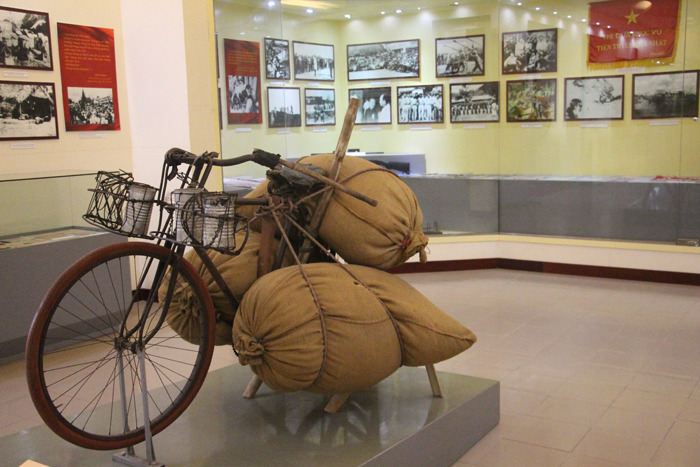
Dien Bien Phu - an impregnable fortress, the strongest group of strongholds of the French colonialists in Indochina. To destroy the enemy's plan, the Party Central Committee and the Military Commission identified the logistics problem as one of the biggest difficulties of the campaign.
In August 1953, the Thanh Hoa railway transport convoy set off to serve the Dien Bien Phu campaign. In early November 1953, Thanh Hoa porters and the transport sector opened Route 41, the vital route for transporting food and weapons to Dien Bien.
The road was opened, and the transport of laborers was continuously mobilized. From the end of 1953 to March 1954, Thanh Hoa laborers successively transported two times to the campaign with a volume of 2,352 tons of food and 265 tons of food. This was the State's food and food reserve during the resistance war. On April 15, 1954, the Party Central Committee and the Campaign Command assigned Thanh Hoa to transport nearly 2,000 tons of rice and 282 tons of food to the campaign by the deadline of May 31. This was also the time when the State's reserves were exhausted, requiring the concentration of the people's resources and manpower. A movement of "emptying the basket" in each house was mobilized, all forces went to the fields to cut each ripe rice flower to ensure "all for the great victory of the Dien Bien Phu campaign". To ensure logistics for the Dien Bien Phu campaign, Thanh Hoa mobilized 182,124 porters on foot and 11,000 porters on bicycles. Thus, Thanh Hoa had 1,061,593 people, half of the province's population at that time, with 27,000,223 working days serving the campaign.
The transportation assignment was also calculated reasonably and diversely for each region, age, and working habits. People in coastal and river areas drove wooden boats and bamboo boats; people in the West transported goods by horse-drawn carts and carried goods on their backs, shoulder straps, and shoulder poles; young and middle-aged people in urban areas and lowland districts used packcarts. In particular, with the determination "No matter how high the pass is, the spirit of reinforcement is even higher than the pass", in order to increase the productivity of transporting goods, the Party Committee and People of Thanh Hoa town (now Thanh Hoa city) mobilized the people, some contributed money, some contributed vehicles, contributed half a vehicle, a quarter of a vehicle, contributed one wheel, and recommended their children to join the bicycle packcart team. At that time, a bicycle was a large asset of each family, but people were still willing to bring that asset to serve the battlefield. In just a short time of preparation, nearly a hundred people from the surrounding areas of the town gathered together and became a collective. The Thanh Hoa town resistance porter-porter troop was born, with Mr. Trinh Voi as the leader. Following that movement, in the districts of Quang Xuong, Hoang Hoa, Dong Son, Thach Thanh, Ha Trung, Nong Cong... also established porter-porter companies to supplement the province's powerful porter-porter army serving the Dien Bien Phu campaign.
The Thanh Hoa bicycle packers started marching from Nga Ba Voi (in Thanh Hoa City today) to gather at Hoi Xuan to organize and reorganize the team, assigning strong people and good vehicles to join the front line, average people to join the midline, women and the elderly to join the rear. The bicycle packers were organized according to each district, each district was a company, also known as a C. From Hoi Xuan, the group passed through the places of Suoi Rut - Hoa Binh - Moc Chau - Yen Chau - Son La - crossed Pha Din pass to Tuan Giao intersection. On the transport route from station H1 (Tuan Giao) to Dien Bien Phu, nearly 80km long, the Thanh Hoa bicycle packers were arranged with up to 3,000 vehicles.
To increase the productivity of transporting goods, the carts were made from foreign brand bicycles by tying a small piece of bamboo, about one meter long, called "tay ngai" to the handlebars to control the vehicle, and tying a piece of bamboo, about 50cm higher than the saddle, to hold, both to keep balance and to push the vehicle. To increase the rigidity of the frame, people welded more iron, tied more wood and tied more cloth to increase the durability of the inner tubes and tires. The marching route was so difficult, but on the handlebars of the vehicle, there was an additional rack designed to hold brackets, handlebars... which were personal items carried and used throughout the supply route. In particular, competing with soldiers on the front lines, the movement of "carrying more, going faster" spread more and more, encouraging everyone to strive to increase the weight of the cargo. From 150 to 200kg/trip, the cart increased to 300kg and more. Admirable is the “xe tho champion” Cao Van Ty, who always carries up to 315kg; Bui Tin - who was twice honored to be awarded the Uncle Ho Badge and the Third Class Military Exploit Medal, achieved a productivity of 320kg during the Dien Bien Phu campaign. Especially the “xe tho champion” Trinh Ngoc with a record of transporting 345.5kg/trip... has created a legend on steep, dangerous mountain passes.
Former French Air Force Colonel Jules Joy himself confessed about the defeat of the French colonialists in Dien Bien Phu: “Although tons of bombs and bullets were dropped on the traffic routes, the Viet Minh's supply lines were never cut off. It was not only Chinese aid that helped the Viet Minh defeat General Navarre, but also the Peugeot brand vehicles that could carry 200-300kg, driven by underfed laborers who slept on the ground under plastic sheets. General Navarre was defeated not by the means of war but by the intelligence and determination to win of the opponent." An American scholar Berna Phon discovered: Vietnam's victory in Dien Bien Phu "was first and foremost a victory in supply."
69 years after the Dien Bien Phu victory, most of the veterans who participated in the resistance war at that time have now passed away, the rest are old and weak. We visited the house of Mr. Ngan Van Nhan, born in 1932 (zone 4, Hoi Xuan town, Quan Hoa), who participated in the Dien Bien Phu campaign in the past. Despite his old age and weak health, when mentioning the Dien Bien Phu event, his voice was unusually enthusiastic. “That day, around the beginning of 1953, when I had just turned 20. Seeing my father rushing with the villagers every night to collect rice, mill, pound, sift, and pack the rice into a cart to transport to the Dien Bien battlefield, one by one my brothers and relatives put on their backpacks and went to battle, I wished that one day my father would agree to let me join the porter group”. That wish came true. The day he joined the commune's labor force, his father prepared two small pots, each of which could hold 10kg of rice, and a bag of elephant intestines containing 5kg of rice to eat along the way.
Following the group of porters transporting food to Dien Bien Phu, he and his group had to take many different routes to avoid detection by secret agents and enemy aircraft. From that first trip, he could not remember how many trips he had participated in and how much goods he had transported to Dien Bien.
“At that time, my commune alone (at that time Hoi Xuan commune) had hundreds of people participating in the Dien Bien Phu campaign.” After working as a civilian laborer, he joined the regular army and was demobilized with the rank of second lieutenant. According to Mr. Bui Chi Thanh, Chairman of the Quan Hoa District Veterans Association: “Currently, the Quan Hoa Veterans Association has nearly 3,000 members, but only 5 members have participated in the resistance war against the French. Of these, only 2 are still healthy, the other 3 are very sick.”
Just yesterday, they were still plowing and hammering in their hometowns, with the spirit of “all for the front, all for victory”, “the whole country united, the whole people joined forces”, they were ready to overcome all hardships to achieve victory together. The names of places, battlefields such as Suoi Rut, Tuan Giao, Pha Din Pass, Muong Thanh, Hill A1... are all imprinted with the feats of Thanh Hoa people.
Many contributions, great achievements and corresponding to those are the awards, noble titles that the Party, the State and Uncle Ho bestowed upon Thanh Hoa. Among those awards, Thanh Hoa people always remember Uncle Ho's praise and recognition on the occasion of his second visit to Thanh Hoa, on June 13, 1957: "Now wherever the Vietnamese language goes, the Dien Bien Phu language goes there. Wherever the Dien Bien Phu language goes, Thanh Hoa people also have a part of the honor."
The image of the heroic Thanh Hoa bicycle-packing groups was continued and promoted by Thanh Hoa laborers, who later crossed Truong Son to serve the Southern battlefield in the anti-American war, culminating in the victorious Ho Chi Minh campaign.
KIEU HUYEN
Source


![[Photo] General Secretary To Lam chairs a working session with the Central Internal Affairs Commission](https://vphoto.vietnam.vn/thumb/1200x675/vietnam/resource/IMAGE/2025/5/22/3b7790f499da45b2803d8ae253207ef1)

![[Photo] Prime Minister Pham Minh Chinh chairs meeting on draft Resolution of National Assembly on International Financial Center in Vietnam](https://vphoto.vietnam.vn/thumb/1200x675/vietnam/resource/IMAGE/2025/5/22/d398664ff1a140629169ea5a24e1b4d0)

![[Photo] T&T 1 and Ho Chi Minh City 1 People's Police Teams won the men's and women's team championships](https://vphoto.vietnam.vn/thumb/1200x675/vietnam/resource/IMAGE/2025/5/22/39db06ae67cb4001b7a556e8d9a56d07)
![[Photo] Press delegation meeting to visit Truong Sa and DK1 Platform](https://vphoto.vietnam.vn/thumb/1200x675/vietnam/resource/IMAGE/2025/5/22/6b8d232877ec421a9e8187d83b9f8006)
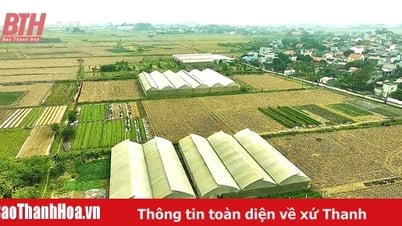
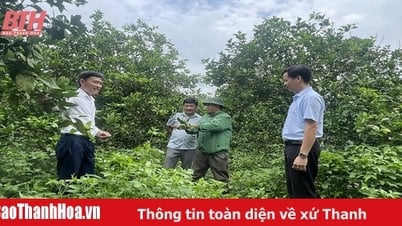
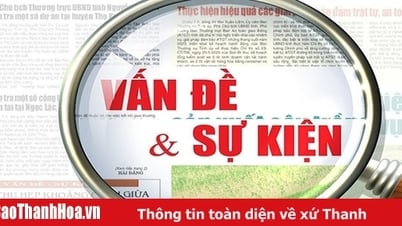

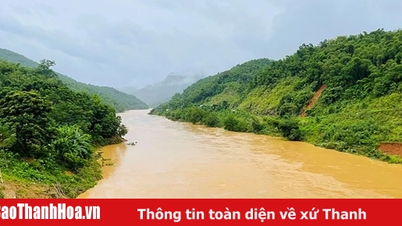





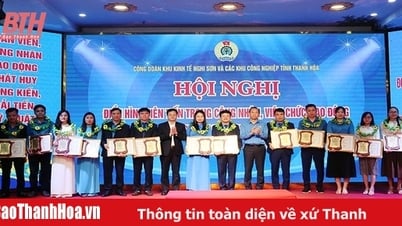

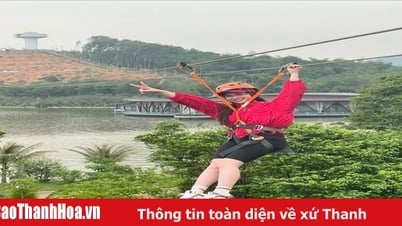

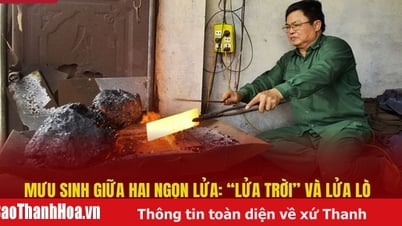
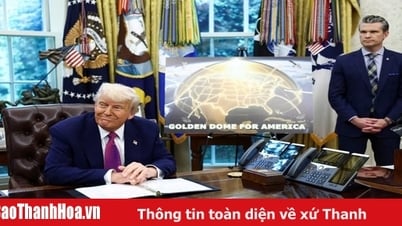





































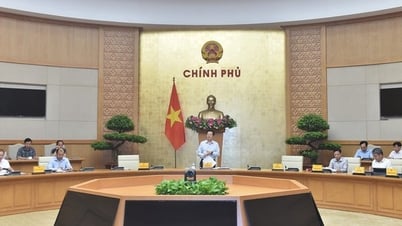

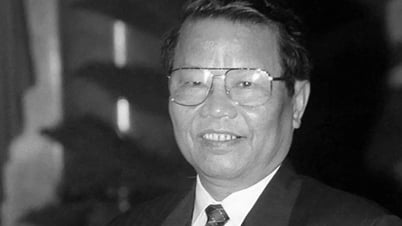




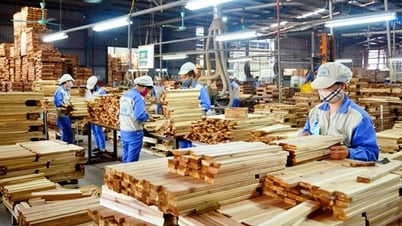


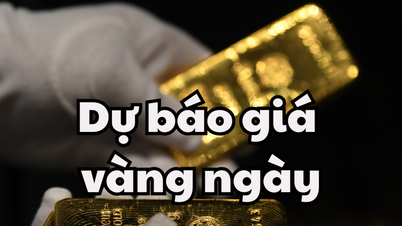



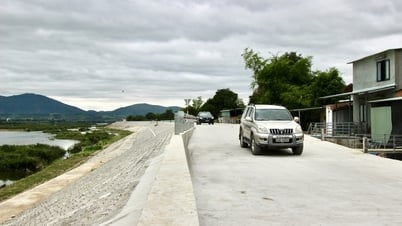







![[Podcast] Week introducing more than 500 OCOP products in Hanoi](https://vphoto.vietnam.vn/thumb/402x226/vietnam/resource/IMAGE/2025/5/22/d144aac2416744718388dbae3260e7fd)





Comment (0)